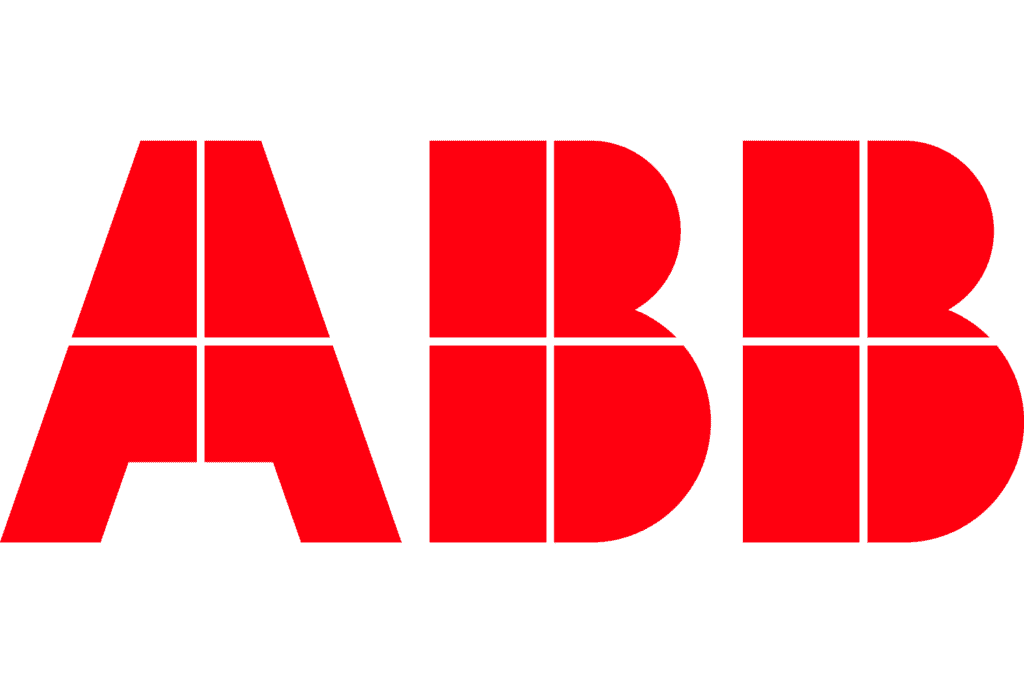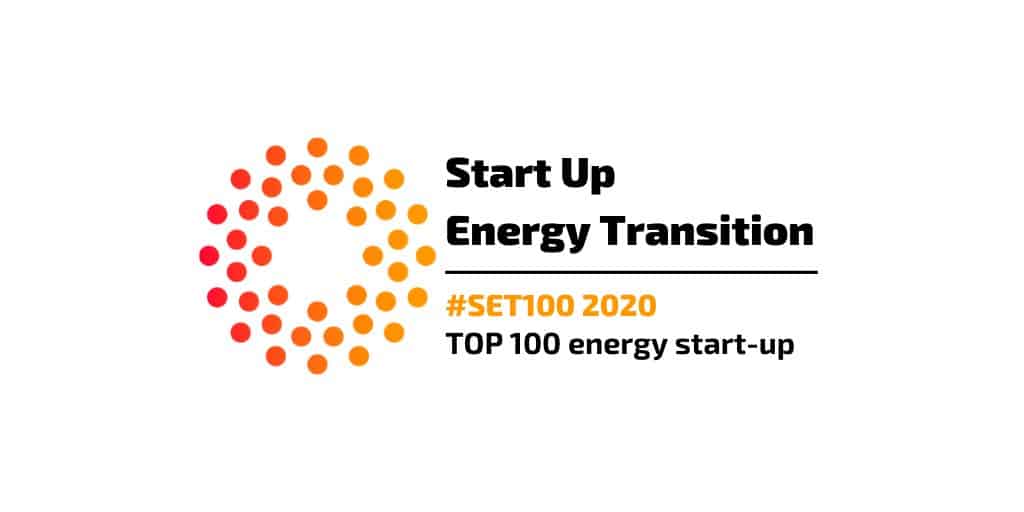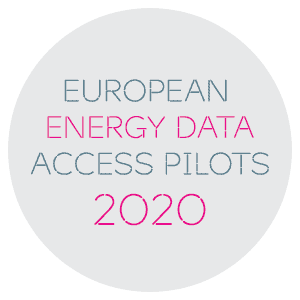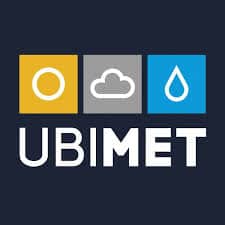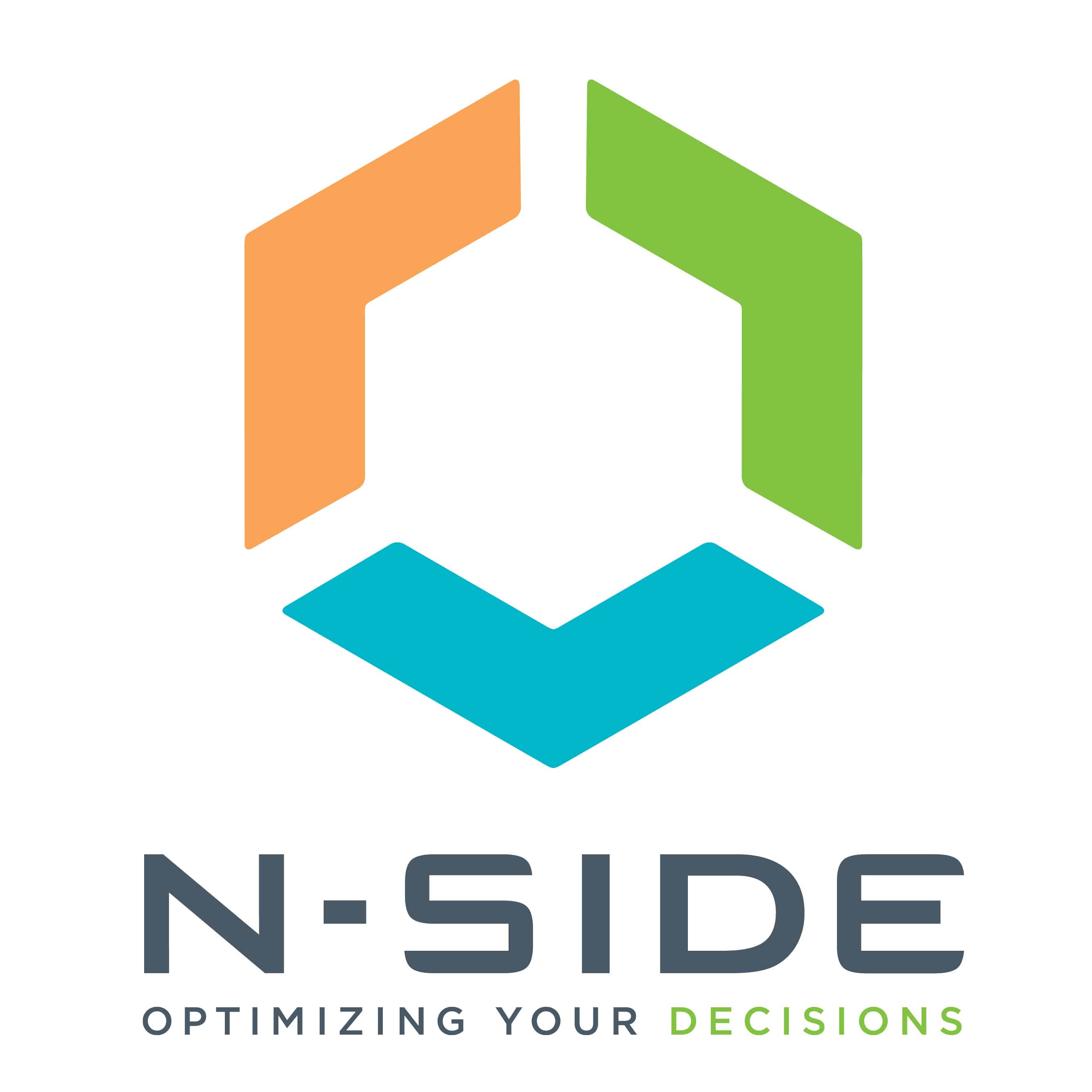I. The role of Covid-19 in accelerating change
The energy industry has felt the impact of the pandemic in key areas such as demand reduction and the supply chain thanks to lockdown. Rather than raise new issues however, the disruption from Covid-19 has instead exacerbated existing challenges and is accelerating change that had already been well underway. It has, in fact, given us a fascinating glimpse into the future of a power market where renewable sources (RES) outstrip non-renewables in system share and demonstrated the opportunities for innovation.
At the height of the first wave in April, electricity demand dropped by nearly 20% across Europe as business and transport networksslashed their usage during global lockdown. Despite short-term recovery as restrictions on movement were eased, the longer-term impact of Covid-19 on demand continues to ripple through the energy market. In the last week of July, electricity demand was still 5% below 2019 in all EU countries bar Italy, while global energy demand Is expected to contract by 6% in 2020, the largest drop in more than 70 years.
A combination of lower lockdown demand and surging RES generation has caused electricity prices across Europe to consistently dip into the red. At the same time, demand for non-renewable sources has significantly dampened. During this period, wind delivered 17% of Europe’s electricity, producing 241 terrawatt-hours of electricity , while at one particular point in early April, renewables accounted for a record 70% of UK electricity demand. Coal consumption in the UK, on the other hand, fell from 50 Mtpa to 5Mtpa.
Covid-19 and the disruption it has caused should not be seen as the prime cause of this shift in the power mix, but rather an important contributory factor in the acceleration of an ongoing industry transition. Social and political factors have too played their part, in particular, a decline in oil production in light of the Russia-OPEC price war and political volatility in the Middle East. There is no doubt that the energy industry is currently in flux and Covid-19 is helping to further shake up the status quo. While the major European RES generators are experiencing their highest profit margins in years, low wholesale electricity prices mean that energy suppliers continue to struggle to maintain profit margins with their single KW/h revenue stream. Grid operators are encountering greater technical challenges in balancing erratic RES generation, demanding more advanced demand-side management and the increased flexibility that comes from a decentralised system.
One particular benefit of the unique combination of decreased non-renewables production, the rise in RES generation and the worldwide restrictions on mass movement is a reduction in global carbon emissions, which have temporarily plunged by 8% to the lowest recorded levels since 2010. As promising as as that sounds, a rebound in emissions levels is inevitable in the long-term without sweeping intrinsic strategic change across the energy industry and beyond. Growing social and political pressure to reduce CO2 emissions has made decarbonisation a core objective for all energy companies, with an ever increasing sense of urgency as we fight to head off irreversible climate damage, caused in no small part by decades of fossil fuel burning and car exhausts.
The Covid-19 crisis has helped to create fertile ground for rapid innovation. The upheaval presents an opportunity to accelerate the development of new digital solutions which drive both long-term low carbon transition and industry growth in the face of economic stress.


